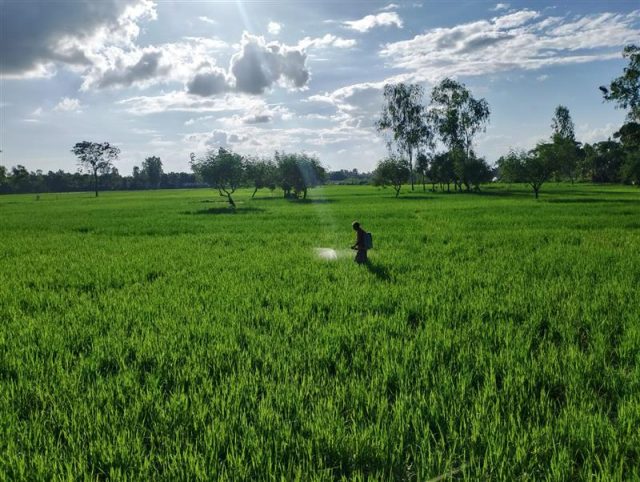Computer simulations are helping CGIAR breeders develop better varieties faster
- From
-
Published on
30.06.21
- Impact Area
-
Funders
Australia, Gates Foundation, Germany, United Kingdom, United States of America

In 2020, CGIAR crop breeders began using computer simulations to model the performance of their breeding programs up to 50 years in the future. This means that they have statistical evidence to show which decisions will have the greatest benefit for farmers years down the line.
How many unique plants must be grown, and how many crosses made? How and when should the best offspring be selected? Is it worth investing in technologies like genomic prediction or hybrid breeding? How can breeding be made faster without losing gains?
A group of experts brought together by CGIAR Excellence in Breeding are developing a library of answers to such questions using solid quantitative genetics principles coded in simulation software such as AlphaSim.
Related news
-

Cultivating climate-smart rice: How specific cultivars and smarter fertilizing can cut emissions and maintain yield
International Rice Research Institute (IRRI)19.11.25-
Climate adaptation & mitigation
-
Food security
By Bushra Humaira Sadaf A team of researchers from the Bangladesh Rice Research Institute (BRRI), I…
Read more -
-

Australia partners with International Livestock Research Institute to upskill researchers from Africa and Asia
International Livestock Research Institute (ILRI)13.11.25-
Food security
-
Poverty reduction, livelihoods & jobs
Australia has joined forces with the International Livestock Research Institute (ILRI) to support th…
Read more -
-

Next-gen rice lines top check varieties at 7.5 t/ha in ESA
International Rice Research Institute (IRRI)11.11.25-
Food security
MOROGORO, Tanzania (8 October 2025) — Elite rice lines are outperforming the current popular varie…
Read more -
